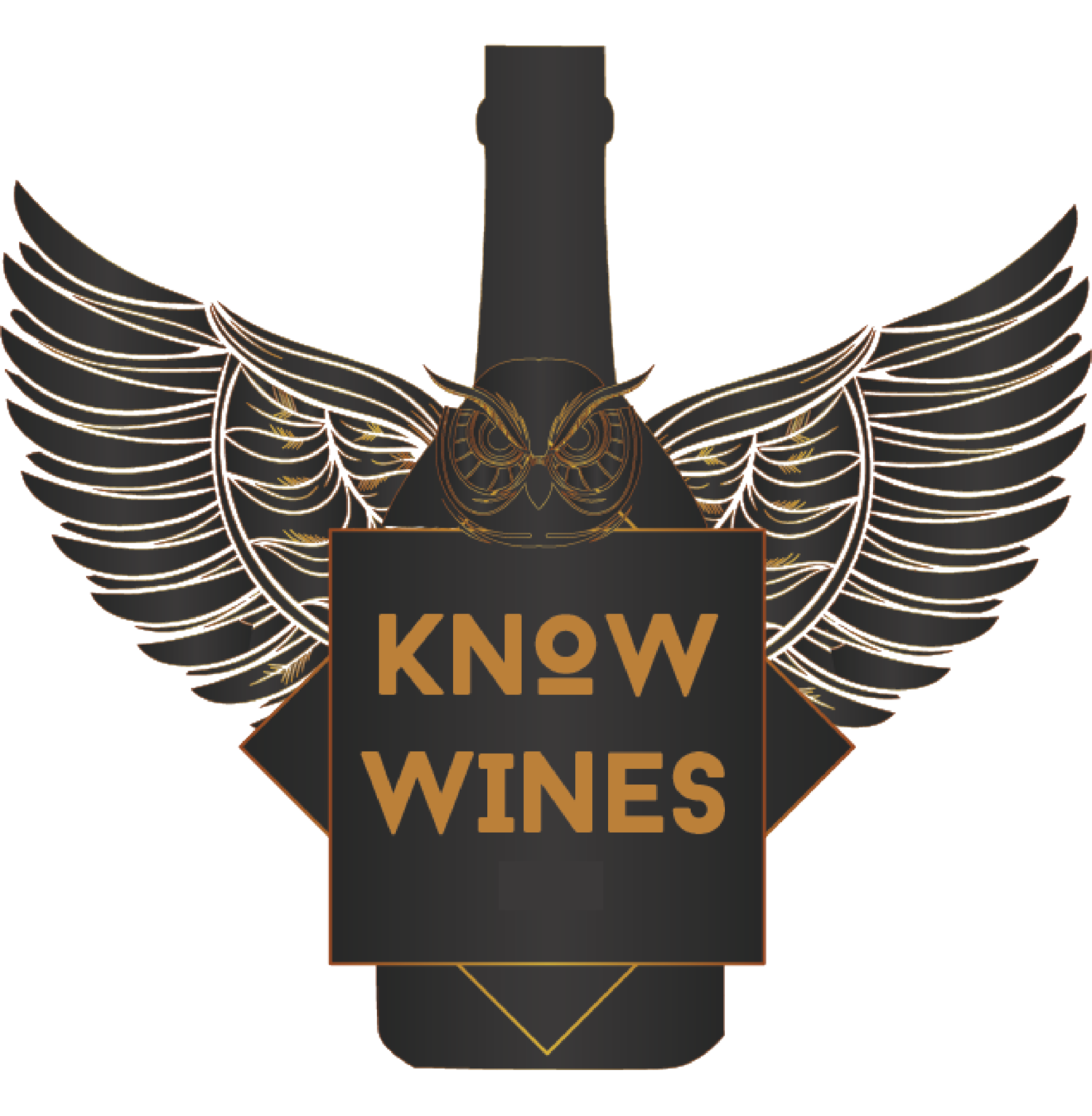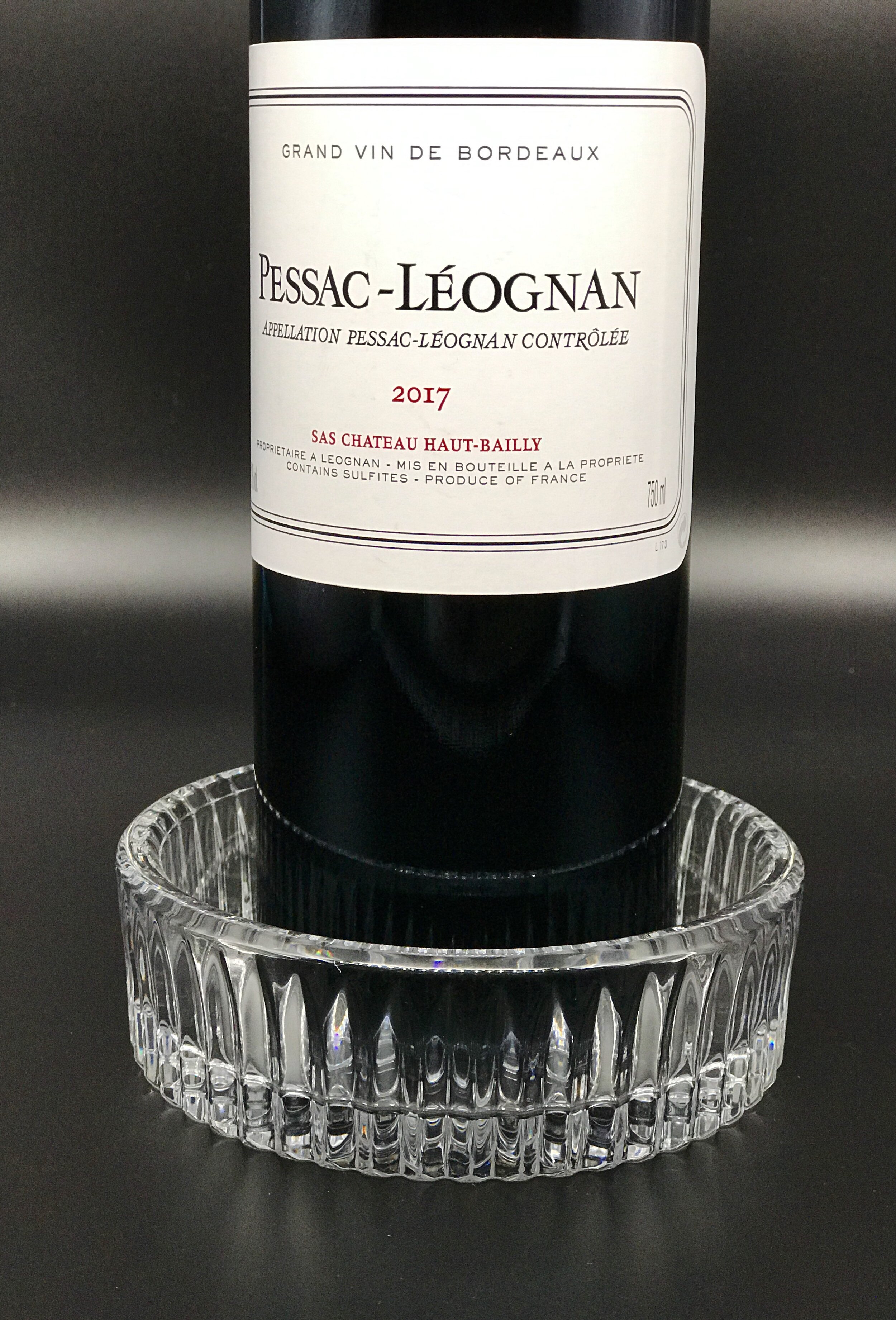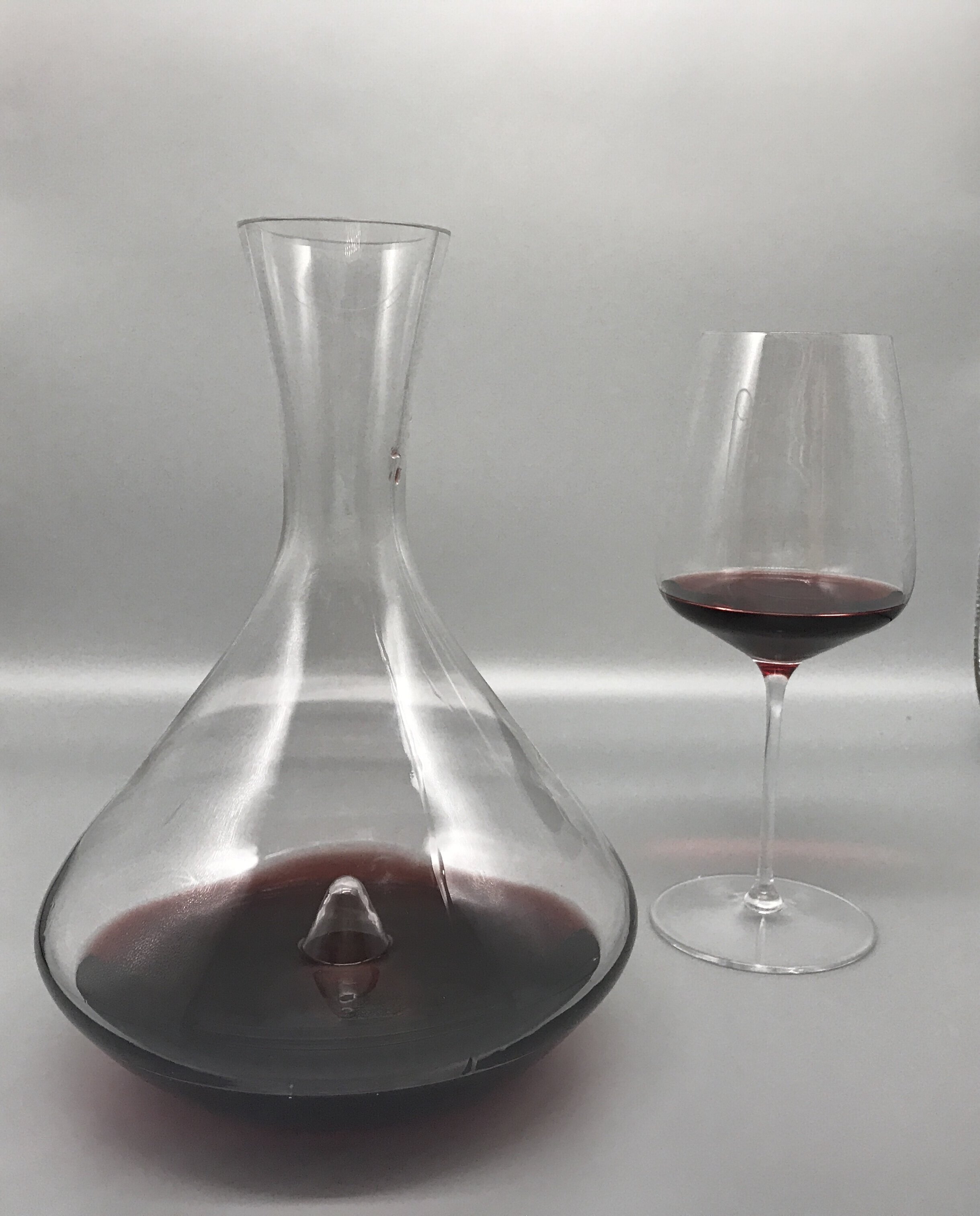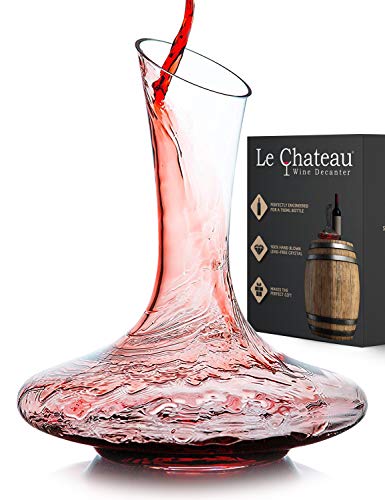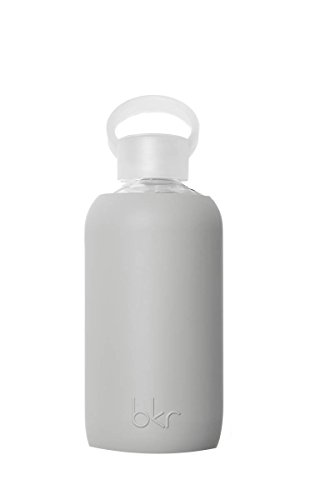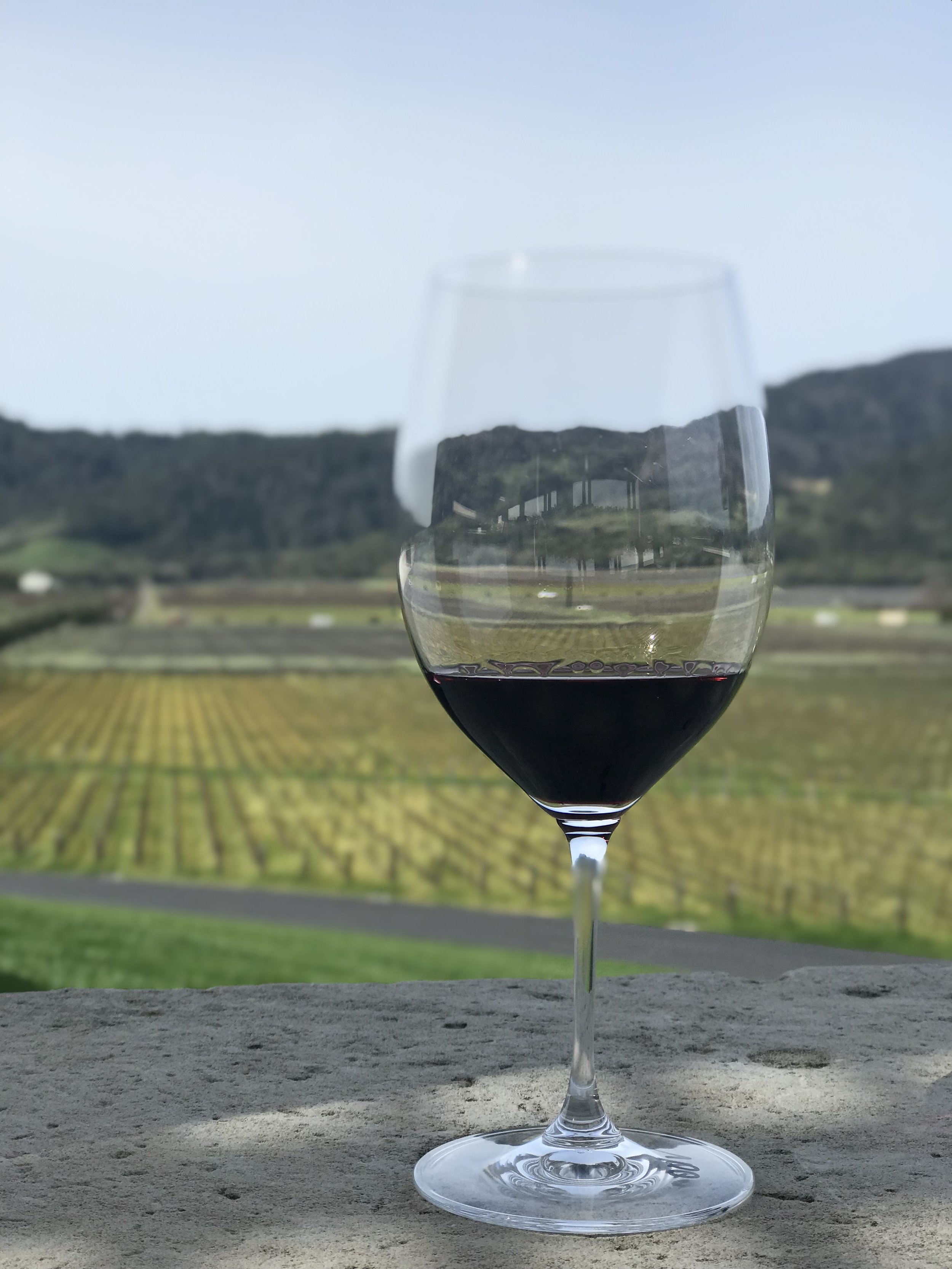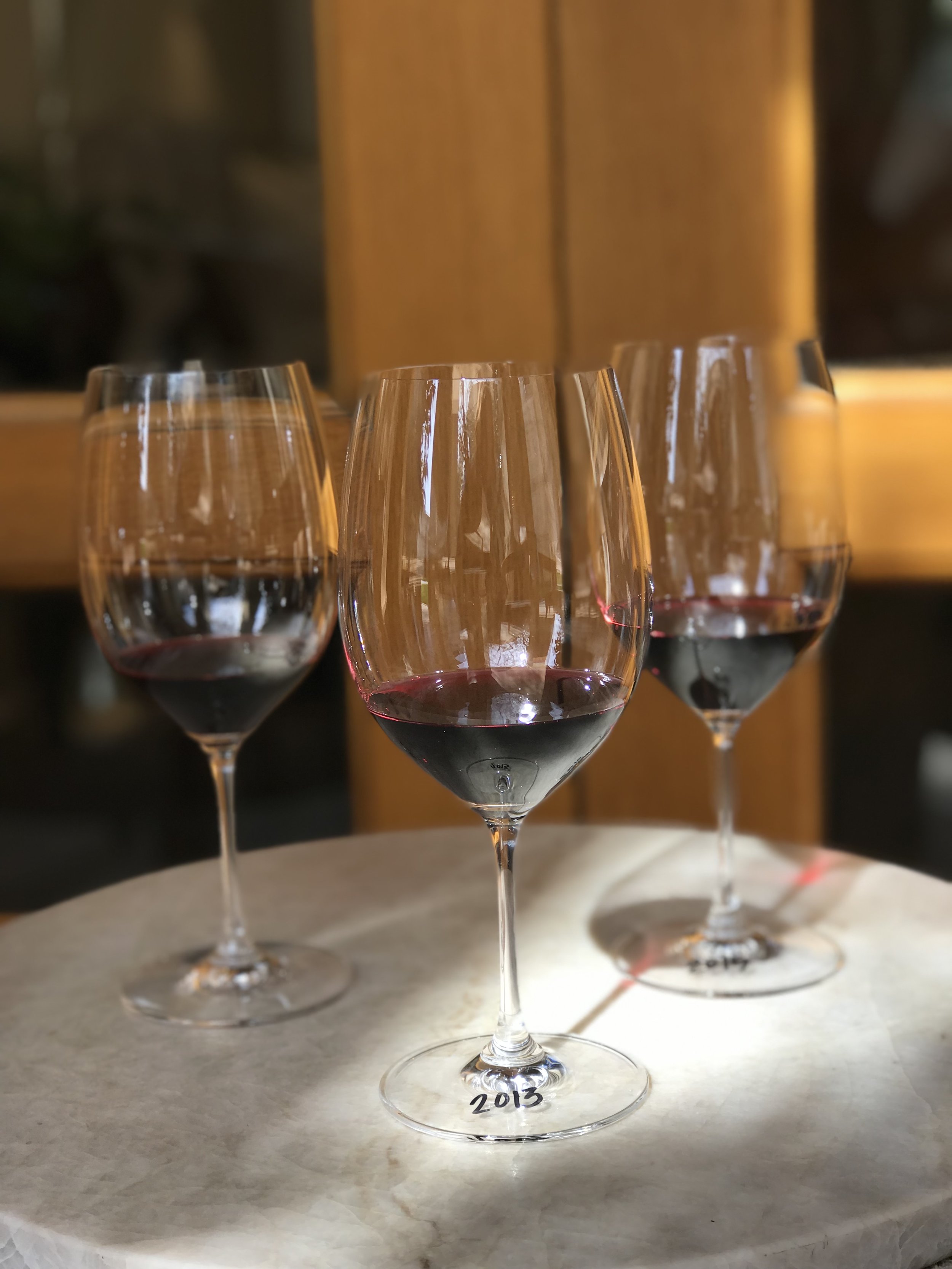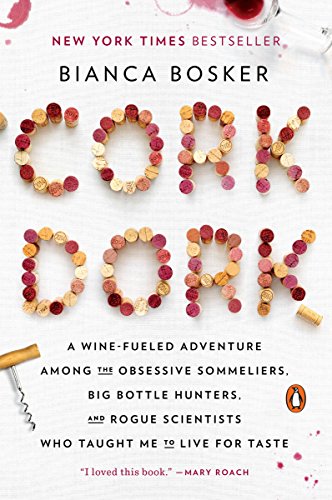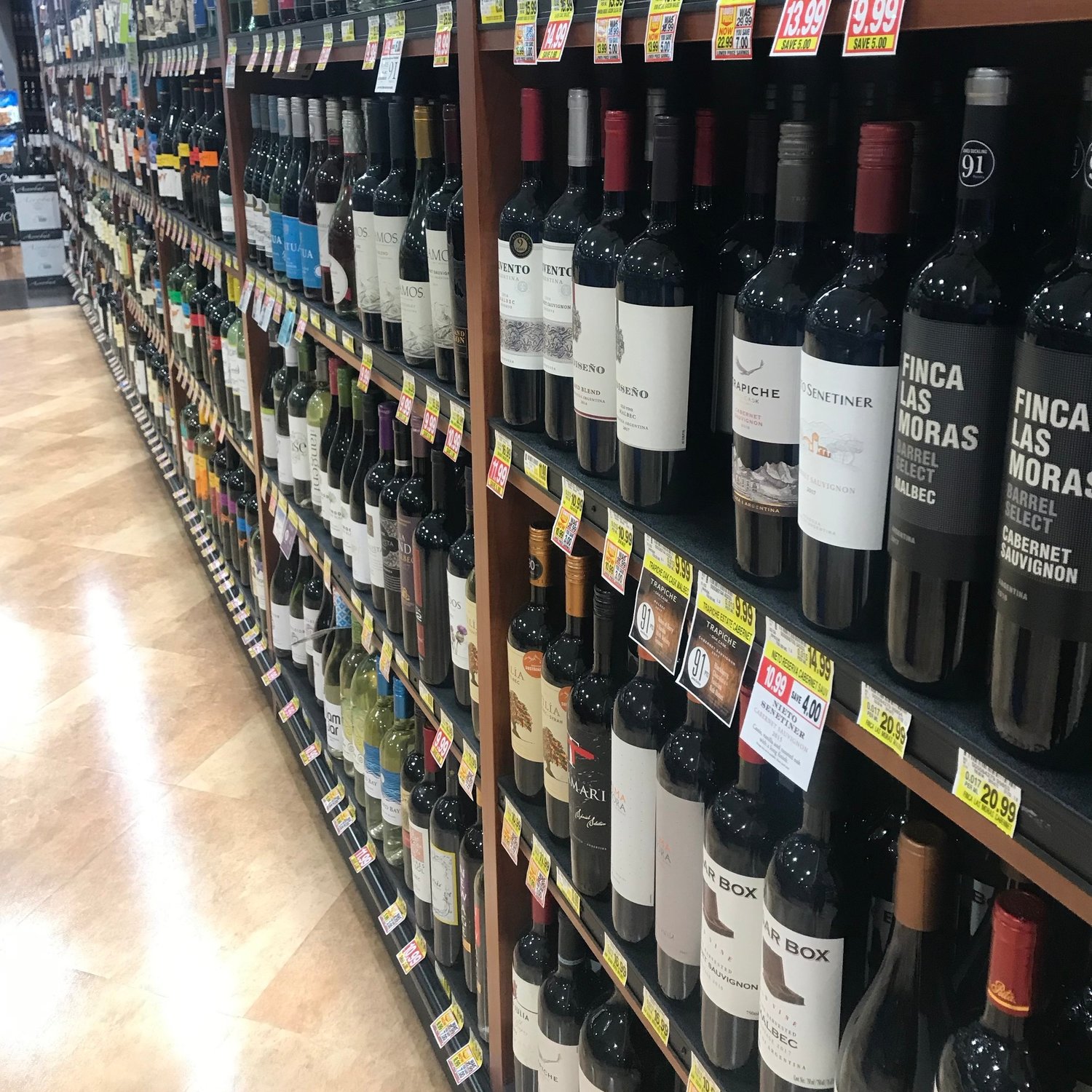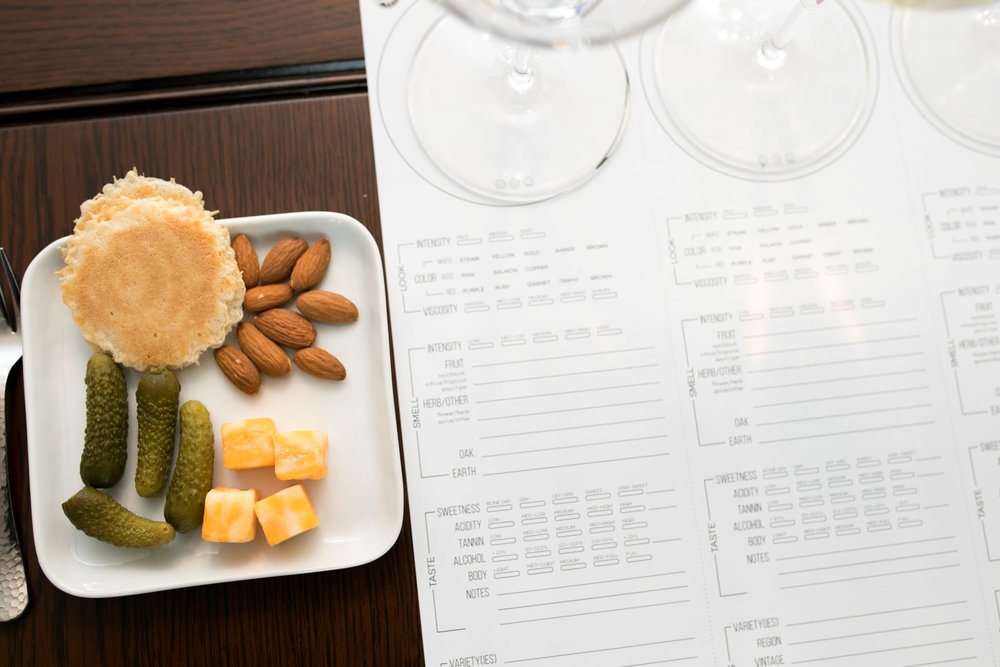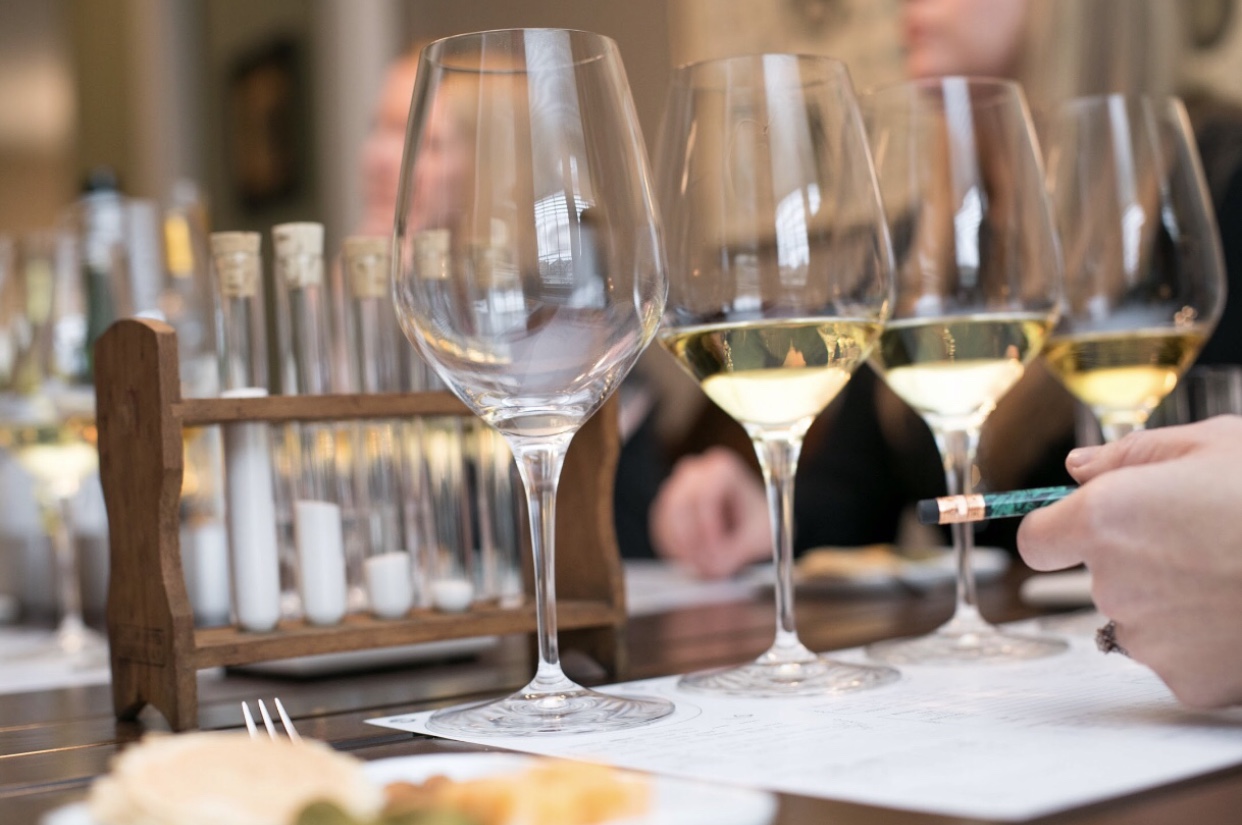Valentine’s Day or anniversary approaching and don’t want to fight the crowds? Are you looking for Valentine’s Day ideas or activities with your significant other? We’ll help you set up your at-home wine-themed as well as share some of our favorite funny sexy wine stuff to add some spice to your evening in.
Before we continue with our review, though, a little about the KnowWines blog. We are an Amazon.com affiliate and we do receive a small commission if you purchase items through our affiliate links at no cost to you. The commissions we receive help us pay for web hosting fees, products to test, and other costs associated with running this site. Thanks for using our affiliate links and supporting our independent blog!
First the wine …
It probably isn’t as hard as you think to pick the perfect wine for your romantic evening. For starters, consider your significant other’s preferences and then read helpful guide to finding great wine at the grocery store. However, for such an intimate occasion, it’s not a bad idea to seek out a small, independent wine store. In the Triangle Area, we love the Hillsborough Wine Company for their wide variety of wines at different price points. If you’re not sure what your beloved likes to drink, take note of their food preferences and relay that information to your local wine bottle shop for advice.
Once you have just the right bottle, consider writing a sexy message on the bottle (and on the pair of wine glasses) with one of these fun wine pens.
Then the food …
Perfect Pairings
Celebrate your perfect pairing… with a perfect pairing. If you’re planning on making the meal yourself, we recommend Perfect Pairings by Master Sommelier Evan Goldstein. When wine students receive recommendations for wine pairing books, this one is almost always at the top of the list.
This book isn’t just for sommeliers! It is also great for wine lovers and foodies. Anyone can use it to select a special wine at any of three of Evan’s price points: Everyday, Premium, and Splurge. In the book, wine styles and varieties are listed, as well as why some foods are considered “classic” pairings. Evan goes into detail on grape variety, wine-growing areas, what vintners are looking for in making their wines, flavors you can expect, how to make great pairings, and how to avoid pairings that might not be so good. There are even a couple of recipes with recommended wine pairings.
A Year of Perfect Wine and Food Pairings
Want a valentine’s day activity that will keep you and your partner connected throughout the year? Consider creating a standing date with your significant other. Each month, on this special date night, try a new wine and food pairing. So you’re prepared, purchase six or twelve “Everyday” wines from Evan’s book and prepare a dish to pair with it. Keep track of your journey in a wine journal. You can record the details of the date as well as what you loved (and didn’t love) about each wine and food pairing.
Setting the Scene
Now that your wine and food are in order, let’s set the scene for your romantic at-home dinner!
Best Romantic Candle for Wine Lovers
If you are preparing a meal for a loved one, we recommend against strong perfume, household fragrance, or overly scented candles that might interfere with the aromas of food and wine. We love this candle because it really does smell like a European wine cave (and it’s not overpowering in its scent). It’s perfect for a romantic evening of wine pairings (especially if you and your partner have ever dreamed of traveling to Bordeaux or Burgundy!).
Best Romantic Wine Opener
If your wine opener needs an upgrade, or if you just need a wine opener that helps to inspire a romantic mood, check out this beautiful handmade wine opener from France.
The Sexiest Wine Decanter
Once you’ve got the wine open, it’s a good idea to decant a younger wine with a narrow-topped decanter. Have some fun with this voluptuous handmade decanter from Austria.
A Pair of Sexy Glassware
If you are looking for an elegant pair of glassware perfect for sipping wine by the fire with the one you love, we’ve got the set for you.
If you end up loving this glassware and want to learn more, check out our full Gabriel Glas review.
The Perkiest Wine Stopper
If you’re finished drinking but there’s still wine in the bottle, Sir Perky is at your service to add some naughty silliness to the evening. This novelty item is a fun way to enclose an unfinished bottle of everyday wine. If you really splurged on a premium bottle of wine and you want to preserve what’s left, try the Repour Wine Preserver. Sir Perky will do just fine, though, for an “everyday” bottle.
Vineyard-Themed Romance Novels
Finally, a vineyard-themed romance novel is a great end-of-the-meal Valentine’s Day gift for a romantic, wine-themed evening. You might consider placing a few of these wine-themed romance novels in a gift basket with a bottle of wine and sexy wine accessories. This is the kind of gift that really sets the mood!
It’s a Wrap
Well that’s a wrap on our sexy, wine-themed recommendations for your romantic evening at home. Oh, and if you have any wine left in the bottle at evening’s end, you might consider wrapping it up with a Wine Condom!
Cheers to a Happy Valentine’s Day, from Sir Perky!
